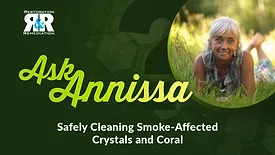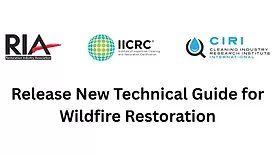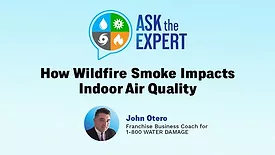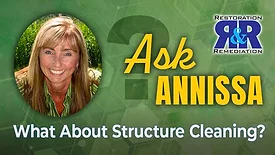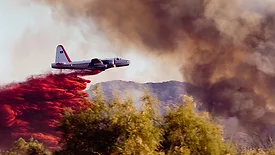Home » Keywords: » wildfire damage restoration
Items Tagged with 'wildfire damage restoration'
ARTICLES
Ask Annissa
When handling delicates that are smoke damaged, what’s best? Ultrasonic or Manual?
Read More
IICRC, RIA and CIRI Release Technical Guide for Safe Wildfire Restoration
This new guide counters misinformation, offering science-based wildfire restoration practices
December 11, 2025
Ask the Expert
How Wildfire Smoke Impacts Indoor Air Quality
Wildfire Smoke and Indoor Air Quality: What Restoration Professionals Need to Know
Read More
Protecting Workers During Wildfire Cleanup and Determining the Salvageability of Contents
Toxic Contaminants from WUI Fires Demand Professional Cleanup and Strict PPE to Protect Restoration Professionals and Residents
Read More
Ask Annissa
What Equipment Will I Need on a Wildfire Cleanup?
Essential Equipment and Strategies for Wildfire Restoration
Read More
The Logistics of Doing CAT Work in Another State
Navigating Legal and Regulatory Challenges for Wildfire Cleanup Across State Lines
Read More
Ask Annissa
What About Structure Cleaning?
Master the Art of Wildfire Restoration with Expert Cleaning Tips
Read More
Stay ahead of the curve with our newsletters.
Get the latest industry updates tailored your way.
JOIN TODAY!Copyright ©2026. All Rights Reserved BNP Media.
Design, CMS, Hosting & Web Development :: ePublishing
